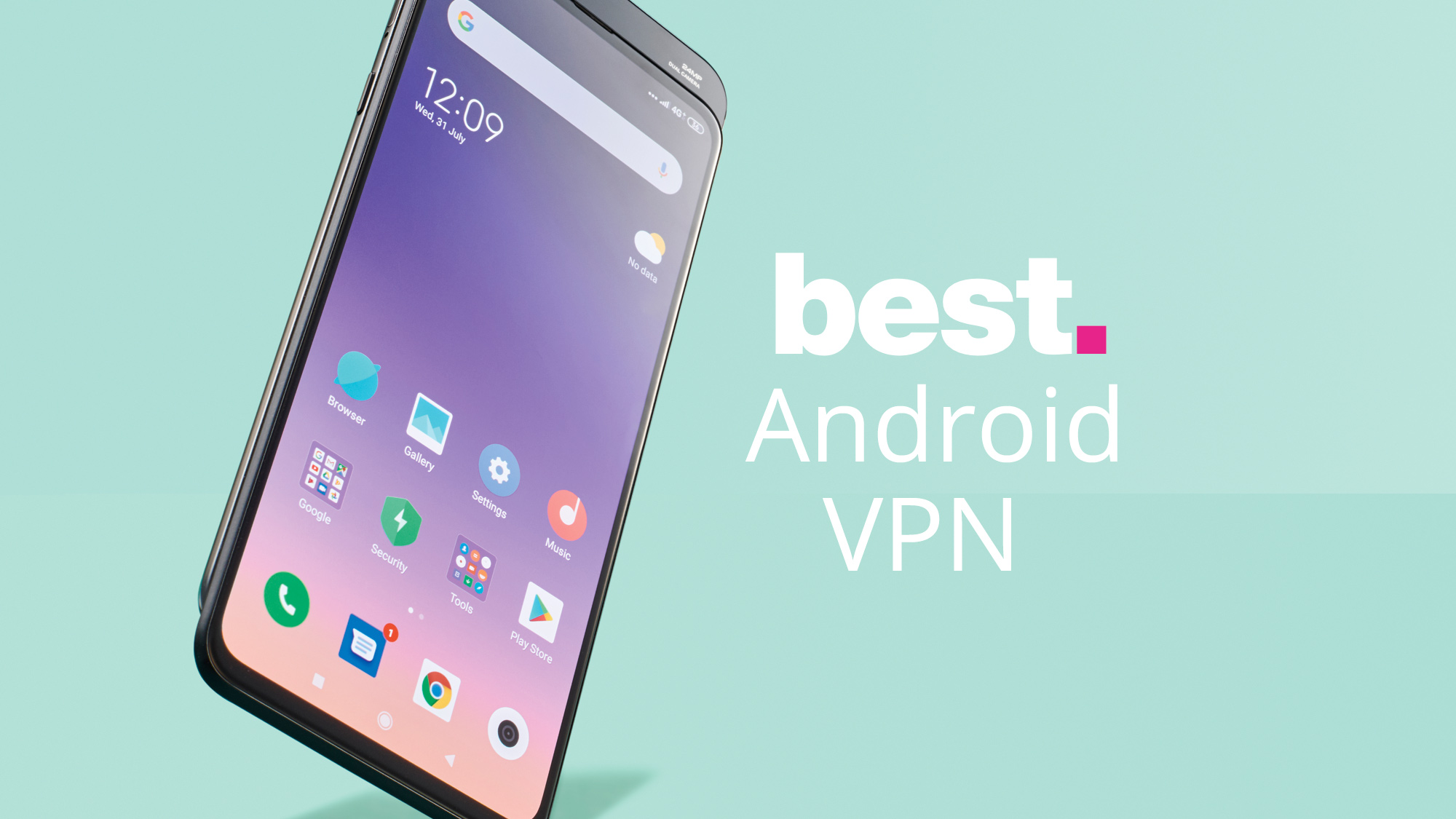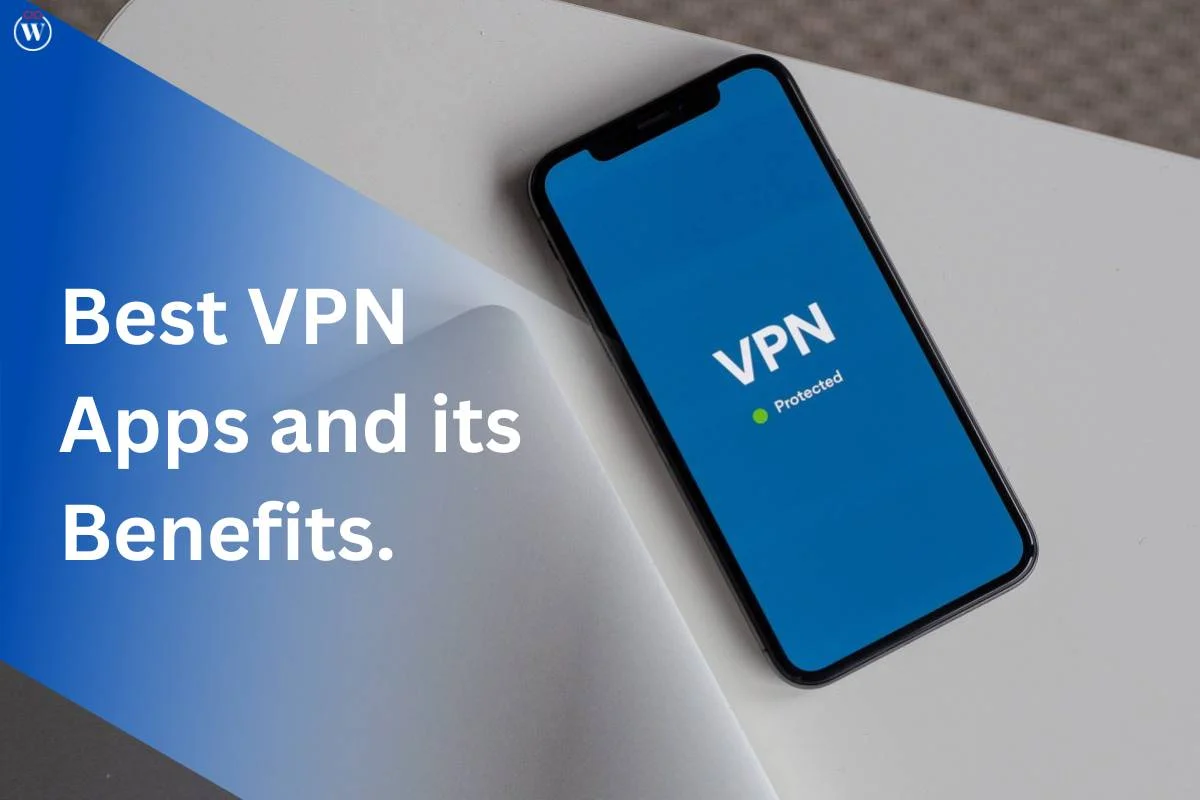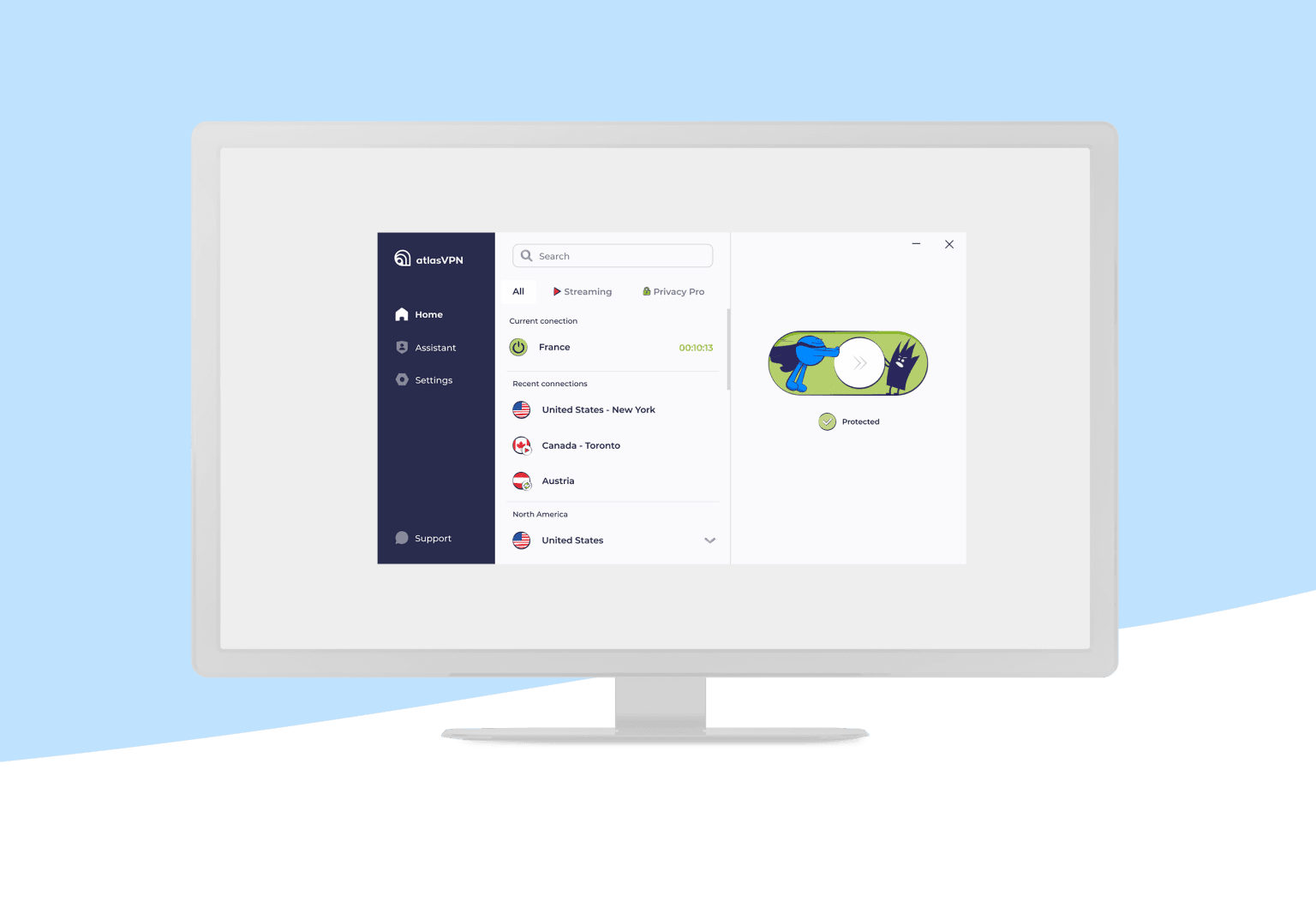Mastering On-Demand App Development: An IT Leader's Playbook
Discover the rise of on-demand app, their benefits, and a step-by-step guide for tech leaders to develop successful, high-performance apps for consumers.

We live in an age where professional responsibilities take up a significant portion of our time. Most of us have little stamina left for routine yet essential activities. Consequently, we count on technology to get the products and services we need. Technology companies have sensed this lifestyle shift. Many have developed on-demand apps to fulfil the needs of present-day consumers.
Today, it is possible to access nearly every service with a few taps on our smartphones. Customers can book a taxi and reach their preferred destination without the inconvenience of stepping outside their houses. With food delivery apps, they can order food from their favorite restaurant—no need to toil in the kitchen. These on-demand applications connect users with service providers in real-time while fulfilling their personalized needs. That’s why these apps have become an essential component of contemporary lifestyles.
So, what makes these apps so popular? And how can tech leaders create a high-performance on-demand app for their business? Let’s find out.
What Are On-Demand Application?
On-demand apps are digital platforms that allow a consumer to access a service across any field instantly. These apps act as intermediaries, as they link users with the service providers with just a few taps on their mobile devices. Present-day consumers value convenience and ease of access. That’s why they are willing to pay a little extra for the prompt service offered through these apps. They don’t want to spend their precious time searching for a suitable service provider.
Here’s how an on-demand application works:
- The user places a request through their on-demand app.
- The app connects the user with a suitable service provider.
- The service provider validates the user’s identity and accepts the request.
- The user’s request gets fulfilled as the desired service reaches the user’s location.
- When the service gets delivered, the user receives a confirmation message.
- After confirmation of delivery, payment gets deducted from the user’s account.
On-demand apps have the potential to disrupt traditional economic models and change how businesses interact with their customers. Here are a few reasons why tech leaders should invest in on-demand application development services:
1) Customer Experience
The ability to deliver flawless customer experience has become a strategic differentiator today. On-demand app provide an opportunity to meet the needs of present-day users who seek immediate gratification. This way, it becomes simpler for businesses to draw in customers and establish their footprint in a competitive market.
2) Cost-Efficient Model
The on-demand model reduces the time and resources spent on delivering a service to the end user. Businesses don’t need to maintain a massive workforce to handle different facets of their operations. They can operate efficiently with fewer employees. This brings down their operational overheads and bolsters their return on investment.
3) In-Depth Analysis
On-demand applications come with built-in analytics and reporting features. These allow businesses to view and analyze data pertaining to different orders. It helps figuring out which of their products and services are in high demand. They can also assess the hours of the day or the days of the week when demand peaks. They can restock their inventory accordingly and avoid scenarios of overstocking or understocking. Optimized stock management also allows them to keep inventory carrying costs to a minimum.
4) Versatility
The on-demand delivery model can be effortlessly applied to any business vertical. Tech companies can build applications related to cab booking, food delivery, ecommerce, home services, and much more and build a robust user base. Also, these apps can be easily scaled, opening avenues for long-term growth.
On-Demand App Development: A Step-by-Step Approach
1. Conduct Market Research
As a tech leader, you may focus chiefly on the technical aspects of development. The importance of research often gets overlooked. In-depth market research helps you build a user-centric solution that fulfils the specific requirements of your audience. At the completion of this step, you should be able to answer the following questions:
- Which user groups do you want to serve through the app?
- What are the key challenges your target audience is experiencing? How will the app resolve these challenges?
- Which niche will your app operate in?
- Which features do you want to include in the app? Does the app offer any distinct features that will make it stand out?
2. Decide Key Features for the App
To differentiate your product from the existing ones, make sure to incorporate unique features. Some of these may include:
- Easy Sign-up: Users should be able to register quickly without requiring filling out many details.
- Push Notifications: Customers should receive timely notifications related to their orders or discounts.
- Multiple Payment Options: The customer should have the choice to pay using their preferred method.
- Offline Mode: Users should be able to navigate essential features without having to rely on internet access.
3. Select a Suitable Development Partner
Working with a skilled on-demand mobile app development company is critical to the success of your application. At this point, you have two options—build an internal team of developers or outsource the project to remote developers. Keeping an internal team enables you to exert more control over the development process. In-house developers are consistently on hand if you need to make changes to your app or require assistance with any issue. The downside is that they are expensive to hire. Working with remote teams is generally more budget-friendly. However, they might function in a different time zone, resulting in inadequate coordination and delays.
4. Choose the Right Technology Stack
The next step is to choose the appropriate technology stack. The choice of technologies will depend on the type of app you need (e.g., Android, iOS, or hybrid) as well as its complexity.
- Languages: For Android apps, Kotlin is used. For iOS apps, Swift is used on account of its integration capabilities with the iOS ecosystem. For cross-platform apps, JavaScript or C# may be considered.
- Front-End Development: Vue.js and React.js are open-source frameworks used for creating interactive, responsive interfaces.
- Back-End Development: Ruby on Rails is a server-side framework that enables efficient development. It is apt for building MVPs. Python-based frameworks such as Django are ideal for building scalable, secure backends for managing APIs and databases. For handling asynchronous operations such as chatbots, push notifications, or real-time order tracking, Node.js may be used.
5. Develop the App
To test an app idea, businesses should ideally start with a minimum viable product (MVP). An MVP has only core features that need to be tested with end users. That is why it helps minimize upfront development costs while providing useful feedback for refining the app. Based on the input gathered in this phase, a feature-rich application can be developed.
6. Test and Launch the App
Before deploying the app, it is vital to test its features rigorously. This will ensure your product has no drawbacks and everything works as per the requirement. When tested, submit it to the app stores for evaluation. Once approved, the app gets released on the app stores. It is essential to gather user feedback in the post-launch phase and add features regularly to keep the app relevant.
Conclusion
On-demand apps offer experiences that are aligned with the preferences of modern consumers. In a world where convenience is immensely valued, the future of on-demand applications appears bright.
In the coming days, we are likely to see far more diversification in on-demand services. New categories that fulfil the highly specific needs of various consumer groups will emerge. Tech leaders can capitalize on this opportunity by seeking the support of an experienced on-demand mobile application development services provider. Their guidance will help bring their vision to life, allowing these businesses to gain a competitive advantage in a fast-changing marketpla
What's Your Reaction?




















